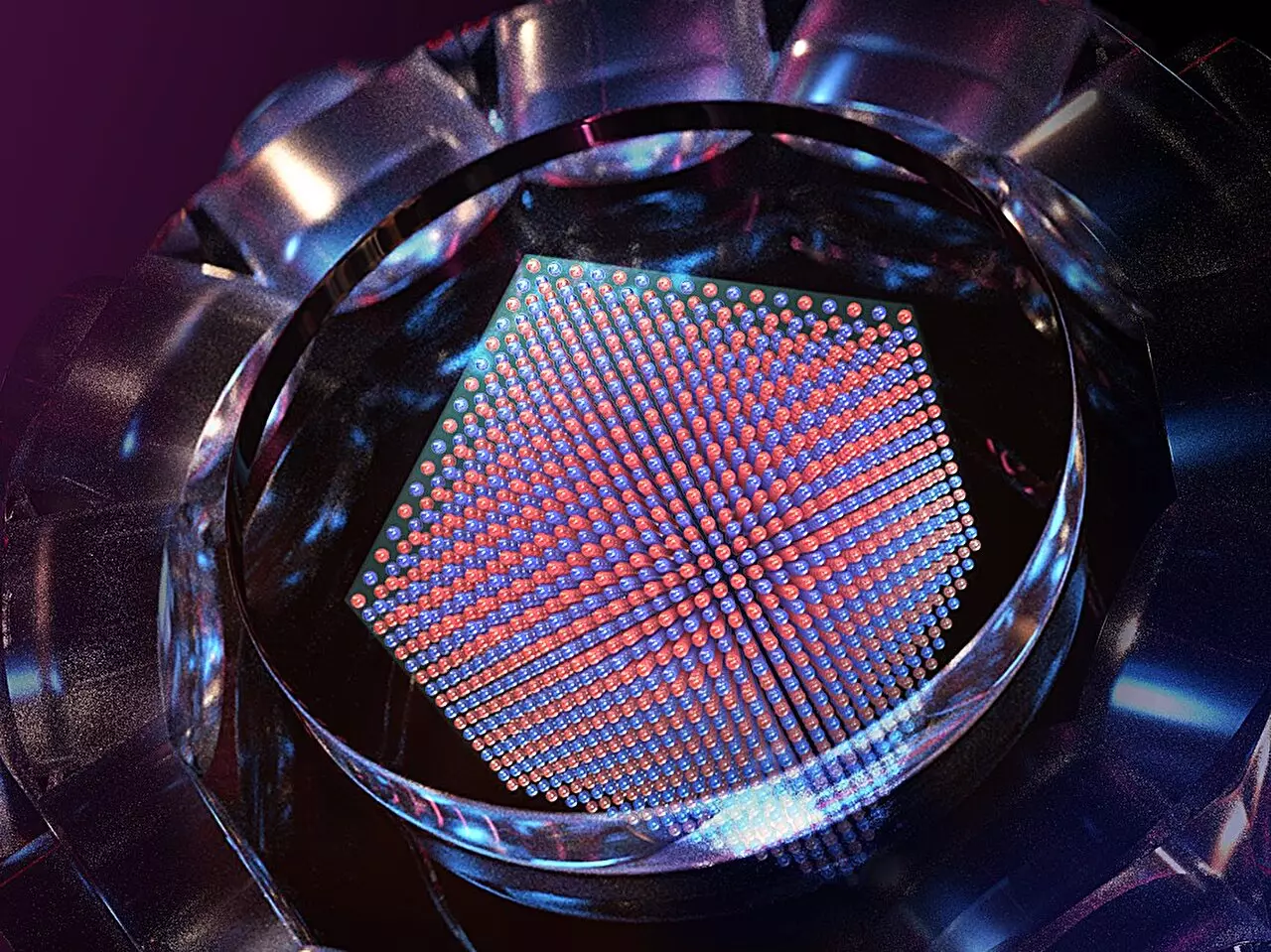In an exemplary display of scientific progress, a recent study published in *Nature* unveils a pivotal breakthrough in the realm of quantum simulations through the observation of an antiferromagnetic phase transition in a large-scale quantum simulator. This significant work, spearheaded by leading researchers from the University of Science and Technology of China (USTC), including Prof. Pan Jianwei, Prof. Chen Yuao, and Prof. Yao Xingcan, positions quantum simulators at the forefront of understanding complex quantum behaviors that govern materials of immense scientific and economic relevance, such as high-temperature superconductors.
This research is more than just an academic milestone; it signifies a courageous leap into uncharted territory, urging us to rethink the capabilities of quantum mechanics beyond traditional computational boundaries. By navigating the challenging landscape of the fermionic Hubbard model (FHM), the research highlights the promising capacity of quantum simulations to unravel the enigmatic behavior of electrons in strongly correlated systems.
The Quest for Understanding High-Temperature Superconductivity
High-temperature superconductors are not merely curiosities of theoretical physics; they epitomize a technological aspiration that could redefine energy efficiency and the future of electronic devices. However, the mechanisms that enable their unique properties have eluded scientists for decades. This study sheds light on the FHM, a theoretical framework that captures the interactions between fermionic particles within a lattice and reflects similar complexities seen in these superconducting materials.
The antiferromagnetic phase transition—as observed in this study—serves as an essential piece of the puzzle, illuminating potential pathways for investigating quantum magnetism and its implications for superconductivity. If we wish to unlock the secrets behind high-temperature superconductors, understanding the interplay of quantum magnetism and electron interactions is paramount. The implications of this work extend beyond theoretical interest; advances in this field could lead to novel applications and technologies, fostering an economic revolution.
Challenges and Innovations in Quantum Simulation
While the excitement surrounding this discovery is palpable, it is essential to acknowledge the formidable challenges that lie ahead in the study of the FHM. With no exact analytical solutions and the limitations of classical computational methods, traditional resources fall short in exploring the vast parameter spaces required to fully understand these quantum systems. This limitation is exacerbated in systems characterized by strong correlations—a hallmark of many quantum materials.
It is here that the research team’s innovative approach shines. By combining advances in preparing and investigating homogeneous strongly interacting Fermi gases within a box potential with the creation of a flat-top optical lattice, the researchers crafted a sophisticated quantum simulator that far exceeds prior experiments in scale and precision. With a staggering 800,000 lattice sites—an order of magnitude larger than previous attempts—this work exemplifies the potential of quantum techniques to move past the computational boundaries faced by classical systems.
Groundbreaking Observations and Their Significance
The precision of this state-of-the-art quantum simulator not only enabled the team to tune interaction strengths and temperature with un precedented accuracy but also facilitated the definitive observation of the antiferromagnetic phase transition. The evidence of power-law divergence in spin structure factors, aligning with the critical exponent from the Heisenberg model, is a resounding affirmation of the simulator’s capabilities, propelling forward our grasp of quantum magnetism.
Such experimental confirmations are not mere accolades; they fundamentally alter our understanding of the potential applications of quantum simulation. The realization of these phenomena not only challenges classical computation but also establishes a benchmark for future research questions. With the experimental findings already eclipsing what classical approaches could achieve, the vast capabilities of quantum simulation are becoming ever more evident.
By elucidating the complexities of the FHM and charting the low-temperature phase diagram, this seminal work lays a robust foundation for probing deeper into the world of quantum materials. As scientists continue to explore the intricacies of antiferromagnetism and superconductivity, the knowledge gleaned from this research will undoubtedly influence future studies, shaping the trajectory of quantum physics and its practical benefits.


Leave a Reply